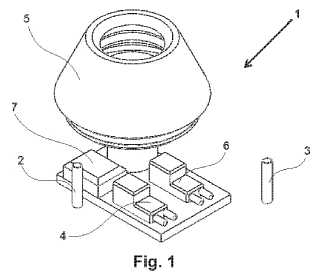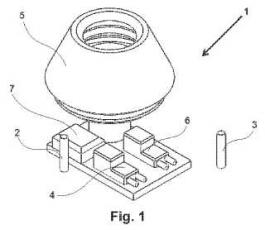
A METHOD FOR IN VITRO DIAGNOSIS OF ALLERGY AND RELATED DEVICE
Development Stage: TRL4
A method for the detection and quantification of specific IgE for an allergen of interest, and related device that measures the impedance of blood
Following the interaction between the IgE and the allergen, some of free protons/electons of the immunoglobulin structure come closer to the antigen, thus enhancing or respectively reducing the impedance value of the serum under testing; in particular, the higher is the difference in the impedance values measured, the higher is the interaction between the IgE and the allergen under evaluation. The impedance measurements in serum samples are performed before and after its contact with allergen, and are carried out in alternate current regime at a frequency ranging between 10 Hz and 100 KHz with a resolution of at least 1 Hz, thus minimizing the interaction and the biasing effects of those substances still present in serum, that could become polarized if biased with constant voltage.
The present invention provide an alternative and more efficient method for diagnosis of allergic diseases; optimal measurements concentrations include a concentration of the allergen ranging between 10 and 150 mg/mL
Great accuracy (within 1% of the full scale measurement); Great ease operations and use of the device; Indicator of the subject’s predisposition to anaphylactic episodes by using the dynamic measurement of impedance
Detection and quantification of specific IgE; Investigation of different allergens without any modification of the measurement unit or electrodes; the possibility to study the kinetics of the IgE/Allergen reaction

UNIVERSITA' di SIENA; AZIENDA OSPEDALIERA UNIVERSITARIA MEYER; UNIVERSITA' di FIRENZE
NERI PUCCI, MORI FRANCESCA, ROSSI ELISABETTA, NOVEMBRE ELIO, MUGNAINI MARCO, VIGNOLI VALERIO, FORT ADA
